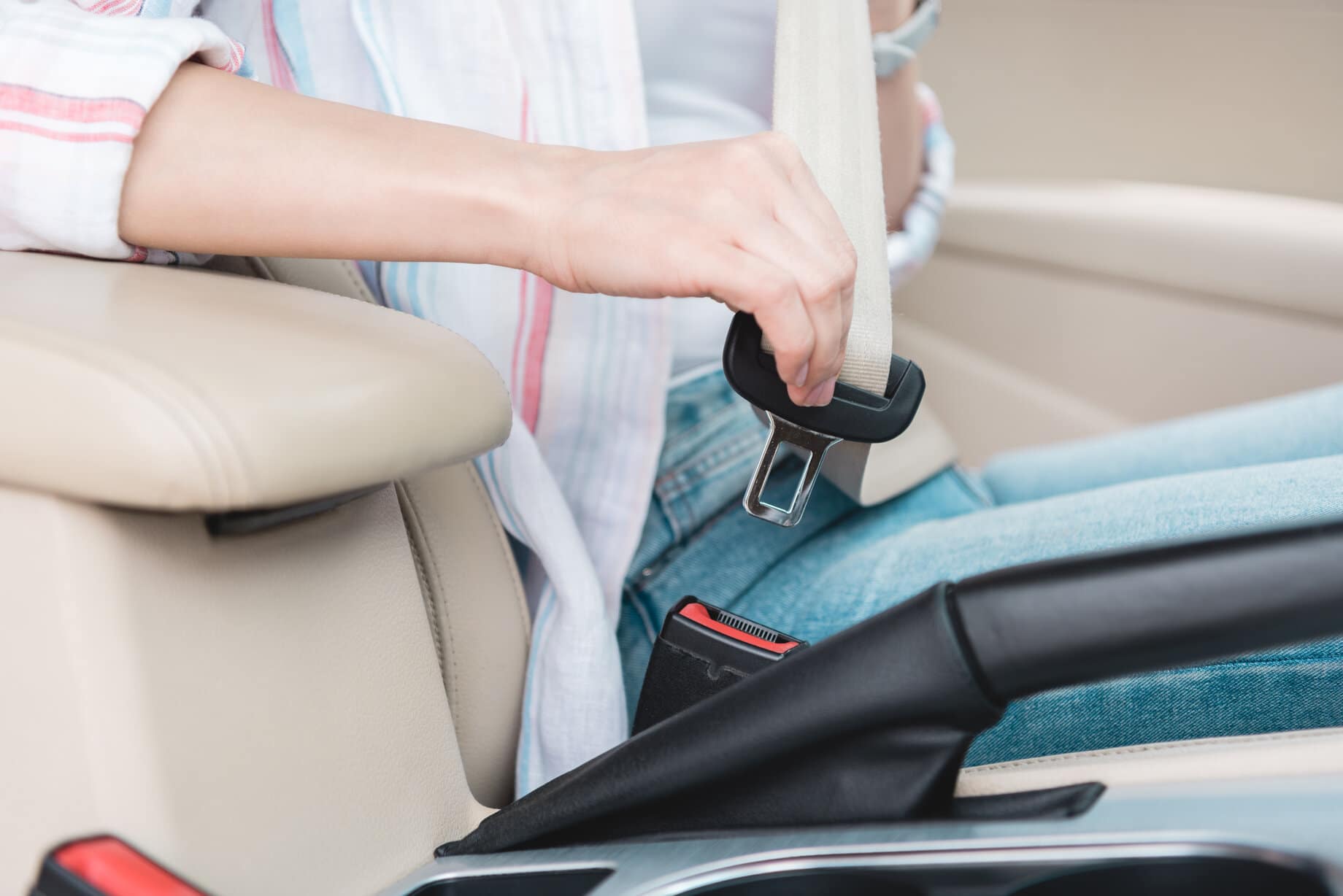Seat belts are designed to reduce the risk of suffering serious crash-related injuries and deaths. What makes them durable is their webbing. It is the fabric that makes up the seat belts themselves.
While both regular and seat belt webbing stand up well to acids and UV rays and don’t rot or shrink, the one seat belt used is slightly thinner and has a lower tensile strength than regular polyester webbing. Due to this webbing’s ability to last longer and provide sufficient protection, it is used in other automotive restraint systems, boating accessories, tents, camping gear, and more.
How Is Seat Belt Webbing Made?
Seat belts can be considered as pieces of woven cloth that could save lives, making them an engineering marvel. Their webbing is carefully designed to have a tensile strength that is 3-6 thousand pounds. This is how they can prevent deaths and reduce injuries.
Years ago, seat belt webbing provided lesser protection since it was woven on shuttle looms, which could only weave two hundred picks per minute. Once most webbing was made on needle looms in 1975, it became sturdier since the looms used could weave one thousand picks per minute. At present, webbing has become even more durable, thanks to modern looms that can weave up to three thousand picks per minute.
Seat belt webbing typically has three hundred warp threads per 46mm belt, which means it has nearly 150 ends per inch. However, seat belts made from less-energized yarns are proven to be more durable. This is because the threads can be woven together more closely, which allows them to provide more protection.
Nylon used to be the most popular material to create seat belts. However, it stretches easily. It is also more prone to wear and tear. Since tiny abrasions and damage can significantly make seat belts less effective, the seat belt material used today is replaced with polyester.
How Can Seat Belts Save Lives?
Safety belts are more than just straps that drivers and passengers wrap around their bodies. In fact, seat belts today are called three-point. They have a single continuous length of webbing. They are designed to prevent drivers and passengers from being completely ejected from a vehicle by spreading out their bodies’ energy over their shoulders, chest, and pelvis in a collision.
Additionally, seat belt webbing is made to resist light, heat, and abrasion. It can be removed, retracted, and put back in place fast. When made with polyester, it has these qualities:
-
- Abrasion: Excellent resistance to abrasion
- Tenacity: Very high strength tenacity (Up to 10g/den)
- Elongation: Up to 25 percent at break
- Moisture: Absorbs very little liquids (Has a very low regain of 0.4 percent)
- Temperature: Withstands temperatures above 356 degrees Fahrenheit for some time; the melting point is around five hundred degrees Fahrenheit
- Flammability: Difficult to ignite due to its tightly woven structures
- Resistance: Resists excellently to sunlight and most common chemicals
Conclusion
Seat belts can minimize injuries and prevent deaths during road accidents, thanks to their powerful material. Since they have the power to save lives, make sure their webbing is made from high-tensile polyester filament yarn when seeking seat belt replacement.
If you are wondering how to fix a car seat belt retractor or seeking seat belt repair, then you’ve come to the right place. At Safety Restore, we offer OEM-certified webbing in your preferred color. Contact us to place your order!


